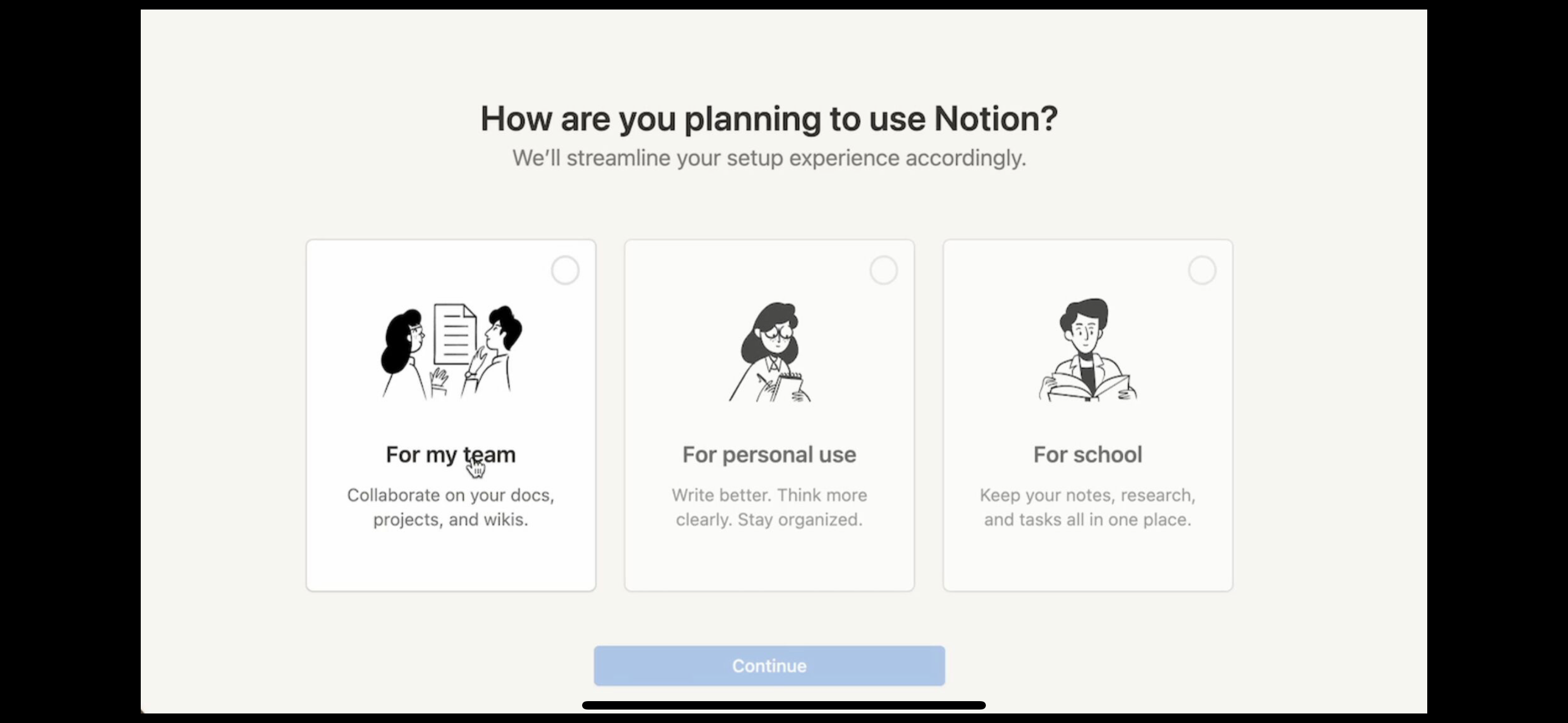Photos
- Street view: Detailed, tactical execution.
- Map view: Strategic alignment and coordination.
- Satellite view: High-level strategic vision and context.
- Transparency over silos: Communication belongs in public channels, documents, and shared wikis - not hidden conversations.
- Bias toward action: Make decisions quickly. Recognize “two-way doors” (reversible) and “one-way doors” (irreversible) decisions.
- Context is everything: Provide clear context upfront (“Map view”) to ensure strategic alignment.
- Continuous feedback: Early, frequent, and constructive feedback loops enable our best work.
- Customer empathy: Prioritize customer experience over internal efficiency. Do what’s right, not just what’s scalable.
- Trust & autonomy: I trust you. My role is to coach, support, and empower you.
- Respect & kindness: Always treat each other with excellence, kindness, and respect - especially in moments of conflict.
- Explicit about trade-offs: Clearly document what we choose not to do, along with why and when it may be revisited.
-
If You Report to Me:
Text or call if you’re blocked or need immediate clarity. Always feel empowered to request context. I’m here to help. -
If You’re My Peer:
Feel free to proactively reach out anytime. Let’s align quickly and clearly if there’s potential misalignment or shared blockers. -
If You’re My Leader:
I will proactively update you clearly on key issues. Expect open, timely updates to ensure alignment and clarity. -
If You Report to Me:
Clearly define decision ownership and speak up proactively if you’re blocked or need clarification. Expect clear coaching and guidance. -
If You’re My Peer:
Let’s proactively manage shared responsibilities, transparently document decisions, and collaborate openly to resolve any conflicts or issues. -
If You’re My Leader:
I commit to providing clear documentation and proactive status updates, ensuring you have clarity about any trade-offs and project statuses. -
If You Report to Me:
Provide me feedback openly and frequently–coach me on how to lead you better. Expect frequent, clear, and constructive feedback from me in return. -
If You’re My Peer:
Offer feedback proactively and openly; let’s help each other improve continually and transparently. -
If You’re My Leader:
I appreciate clear, direct feedback. You can expect the same clarity, openness, and frequency from me to ensure strategic alignment. -
If You Report to Me:
Protect your deep work time proactively. Communicate your schedule clearly, and know I’ll respect and support it. -
If You’re My Peer:
Let’s respect each other’s productive time and schedules–clarify and protect our shared or collaborative spaces. -
If You’re My Leader:
I will proactively manage my schedule to align effectively with our strategic priorities. Clearly communicate expectations around critical availability. - Person who didn’t already have team usage in mind.
- The persona picker and the customization of onboarding.
- But also: this is a moment where you can show all of the use cases you’ve got right here for someone.
Spicy Mango Lemonade
Sometimes a product just feels like it was made for only you. Every bit of copy on this tells part of the story. Not a wasted word.
“TRADER JOE’S®”
Quality, let’s see what Joe has today.
“SPICY”
I’m listening…
“MANGO”
Love ‘em. Goes very well with spicy.
“LEMONADE”
Refreshing.
“PERISHABLE, KEEP REFRIGERATED USE WITHIN 5 DAYS AFTER OPENING”
Fresh.
“SHAKE WELL BEFORE USING”
There will be pulp.
—
They don’t have to say it tastes good, fresh, or anything. It’s in there. Plainly.
This isn’t turbocharged or all-in-one.
No robust, modern AI.
It won’t 10x your output.
Review: im not surprised lived up to the expectation. I’m not surprised that it exceeded my expectation. Because it didnt make any bombastic marketing claims. It just plainly states what it is.
I couldnt love it more.
What’s the last product that made you feel that way?
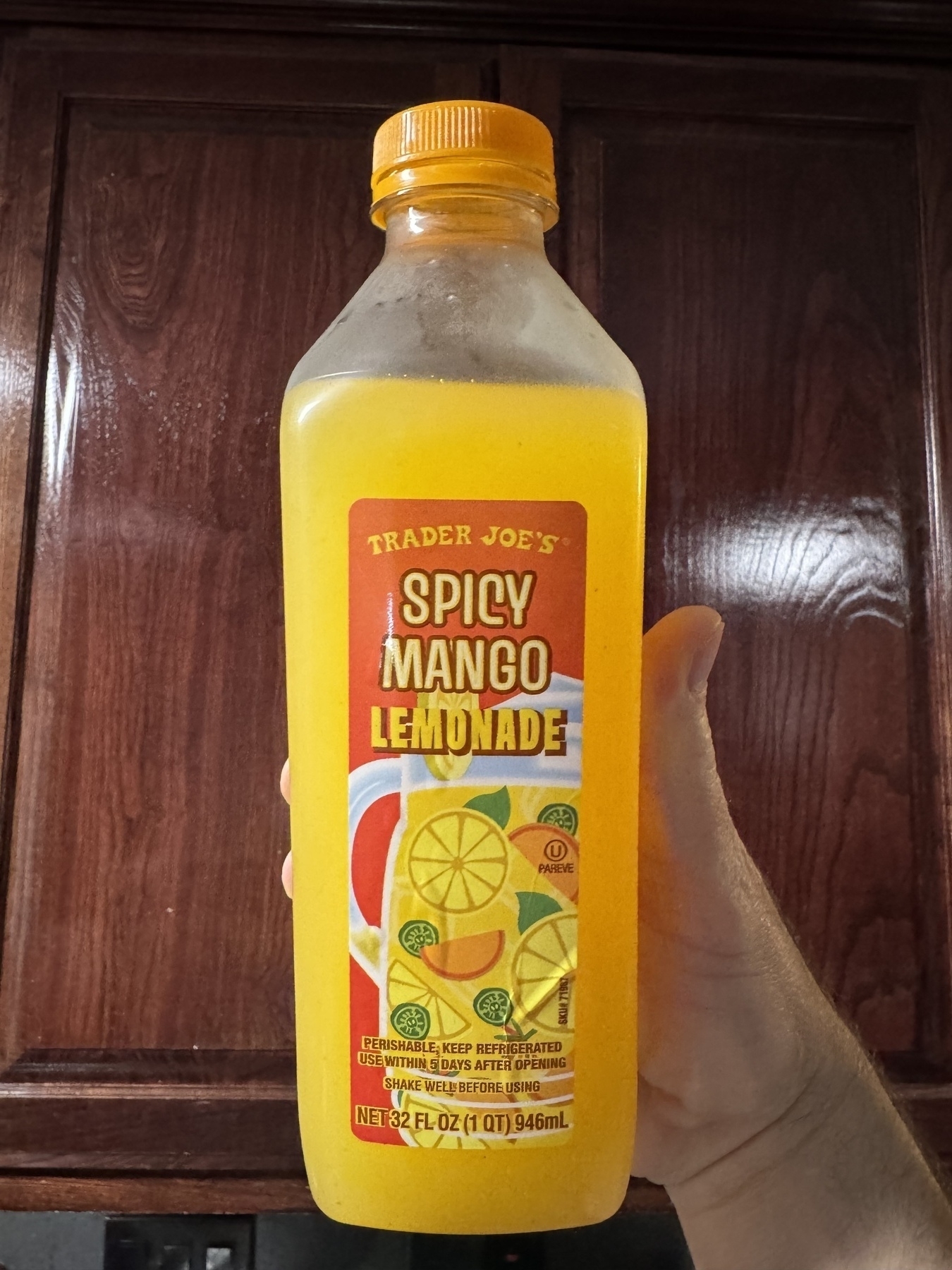
How to Work with Me
This document outlines how I prefer to work and interact with others.
Whether you report to me, work alongside me, or lead me, this is for you. My goal is to build clear, productive, respectful relationships by setting expectations transparently.
Central to my approach is the concept of operating at three levels:
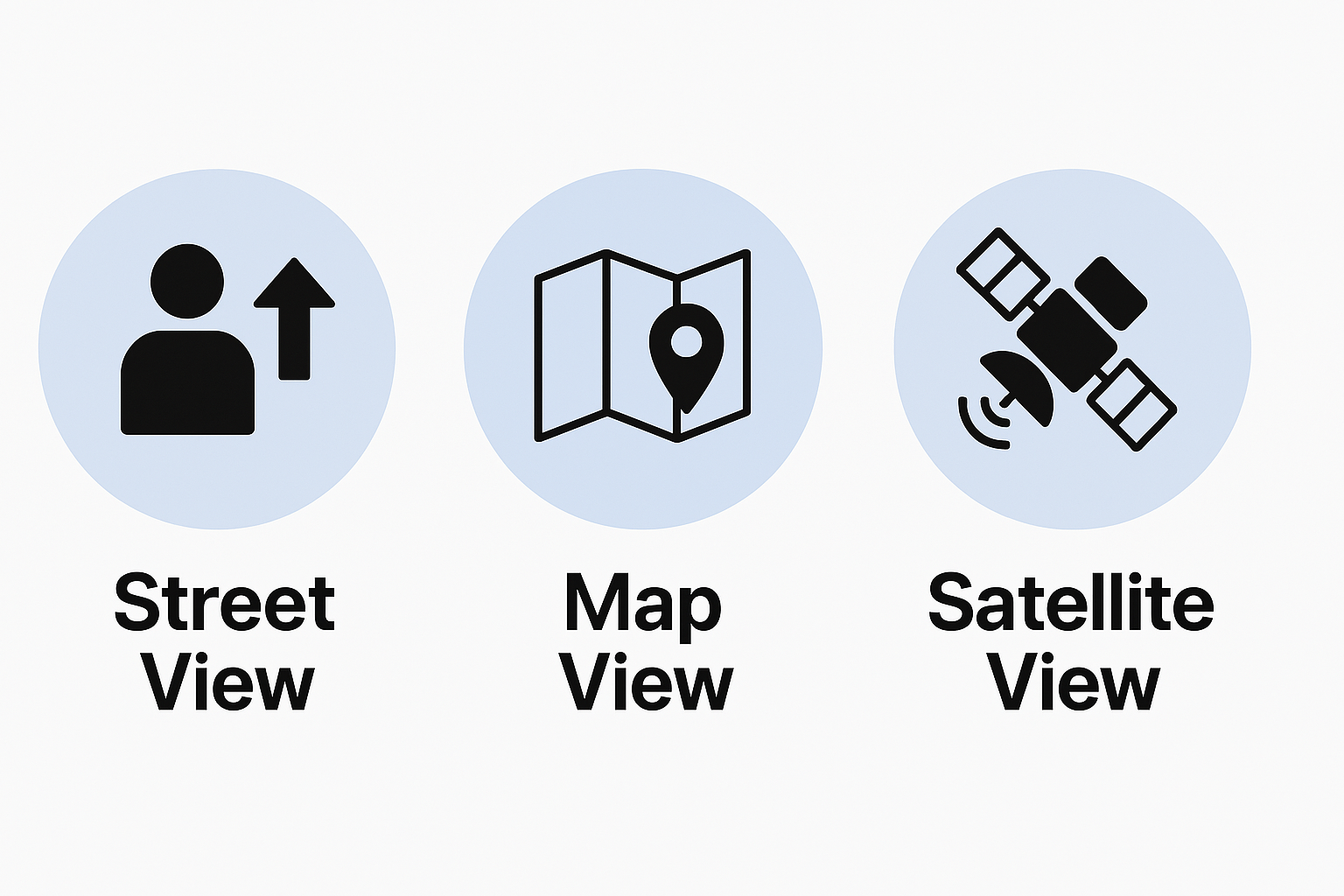
We work best when we align clearly on the “Map view,” connecting detailed execution with strategic vision.
Guiding Principles
Communication Preferences
Medium matters. If it’s urgent or I’m blocking your progress, text my cell anytime. Otherwise, lean into asynchronous methods like Slack or email. If I message you off-hours, don’t assume urgency–I’ll explicitly say if it’s critical.
Slack use: Public channels and threaded conversations strongly preferred. Slack DMs are reserved only for personal or sensitive matters.
Calendar transparency: My calendar is always updated and available. Please check it when scheduling meetings or calls. Personal events (like family obligations) are clearly marked.
Meetings: Aim for 25-minute meetings, not 30, to prevent back-to-back scheduling. Meetings running long indicate planning or facilitation issues. Proactively schedule deep-work sessions.
Quick calls and huddles: Use quick calls if discussing verbally is more efficient. Always close Slack threads afterward with brief decision recaps. Keep conversations short (under 10 minutes).
Collaboration Expectations
Common meeting ground: Let’s align detailed insights (“street view”) with overall strategic context (“satellite view”) through the “map view.”
Transparency and proactive communication: Share work early, frequently, and openly. Address blockers immediately through Slack. Daily stand-ups are not an expectation but may help for complex projects. Avoid relying solely on them.
Decision ownership: Every critical decision requires a clear owner. Step up proactively if ownership isn’t clear.
Documentation discipline: Continuously update documentation. Clearly document unfinished tasks and explicit trade-offs.
Conflict handling: Healthy conflict is expected and encouraged. Personal conflicts should be resolved privately and respectfully.
Project status clarity: Maintain a single source of truth (wiki, shared document, or project management tool). Provide proactive updates publicly if at risk.
Feedback Style
Direct, continuous feedback: Expect regular, direct feedback publicly–always constructive, never personal. Lack of feedback means you’re likely not sharing early or often enough.
Negative feedback privately: Sensitive or critical feedback will be delivered privately, respectfully, and swiftly.
Receiving feedback: I welcome your clear, direct feedback and coaching. I’m human and will make mistakes–please help me become a better leader by coaching me openly and directly.
Managing up: I commit to providing clear, structured context proactively, ensuring my leader is consistently informed and aligned.
Feedback timing and frequency: Provide and receive feedback early and frequently. Celebrate successes to replicate positive outcomes.
Work Habits
Dynamic scheduling: My schedule adapts to family commitments. Reserve blocks for uninterrupted deep work.
Decision-making: Blend intuitive and data-driven approaches, quickly identifying decision reversibility.
Energy and productivity: Workouts or outdoor activities (biking, hiking, etc.) often fuel my best thinking.
Essential habits: Writing and voice recordings clarify thoughts. Shorter, clearer communications preferred.
Protecting deep work: Actively use focus modes. Quarterly three-day weekends help me recalibrate priorities.
Personal Insights
How I show up: Here to have fun, coach, learn, and achieve great outcomes together. If overwhelmed, let’s talk openly.
Motivation: Your expertise inspires me. Family, kids, dogs, and outdoor activities deeply motivate me.
Misunderstood strengths: Deep passion for copywriting and customer empathy. Sometimes impactful work isn’t scalable, but it’s right.
Systems thinker: Enjoy creating repeatable processes. Processes must be clear before delegating.
Personal philosophy: Prioritize customer empathy over mere efficiency.
One personal thing to know: I’ve made mistakes and learned from each. I’m here to learn from you. Trust and appreciate your work deeply.
Fishing without bait .
Product marketers and copywriters often talk about “the hook”. But never disclose the real secret: “the bait”. 🎣
In today’s “attention economy” you have to have something that gets their attention. And that’s the problem.
No, I literally mean “the problem”.
If you aren’t highlighting a PROBLEM (with a capital P) that you intend to solve at the very top of your messaging framework, you might be fishing without bait.
There’s more than one way to release and launch a new product… but release is not equal to launch.

Yesterday was five years, no booze. I’ve never felt better.
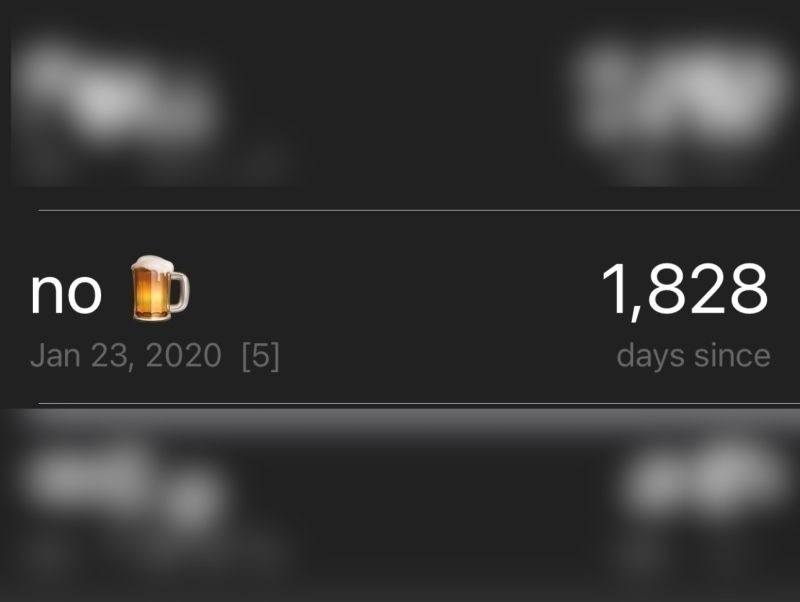
Hugh Howey is the author of the books the show Silo is based on. A couple of thoughts on this.
He’s out there in the conversation. He’s listening. He’s engaging. He’s SELLING.
But he’ll never know if that person watched. There will be no first or last touch attribution attributed to this one interaction.
He is out there operating in TRUE founder mode. Doing what he knows works, without the need to justify it.
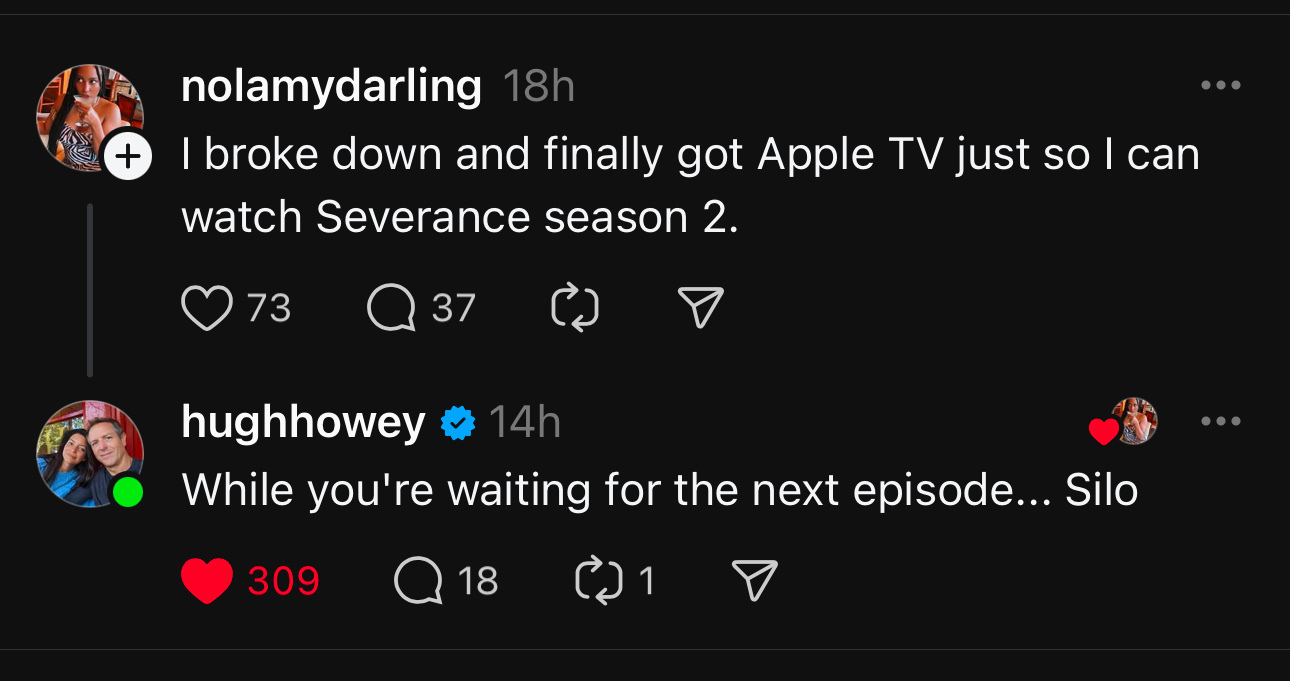
The Good Better Best Matrix
Dell tossed out all its old naming conventions for a “Good Better Best Matrix”.
The Verge doesn’t like the names, but I do. It simplifies the decision-making and narrows you down much faster than feeds and speeds.
Student? Ok, good, better, or best.
Do you need a laptop for work? Ok, good, better, or best?
Need one for extreme video editing? Ok, good better, or best?
These are NINE SKUs. If they were all side by side, a segment of people would likely give up due to indecision.
What do you think about this positioning?
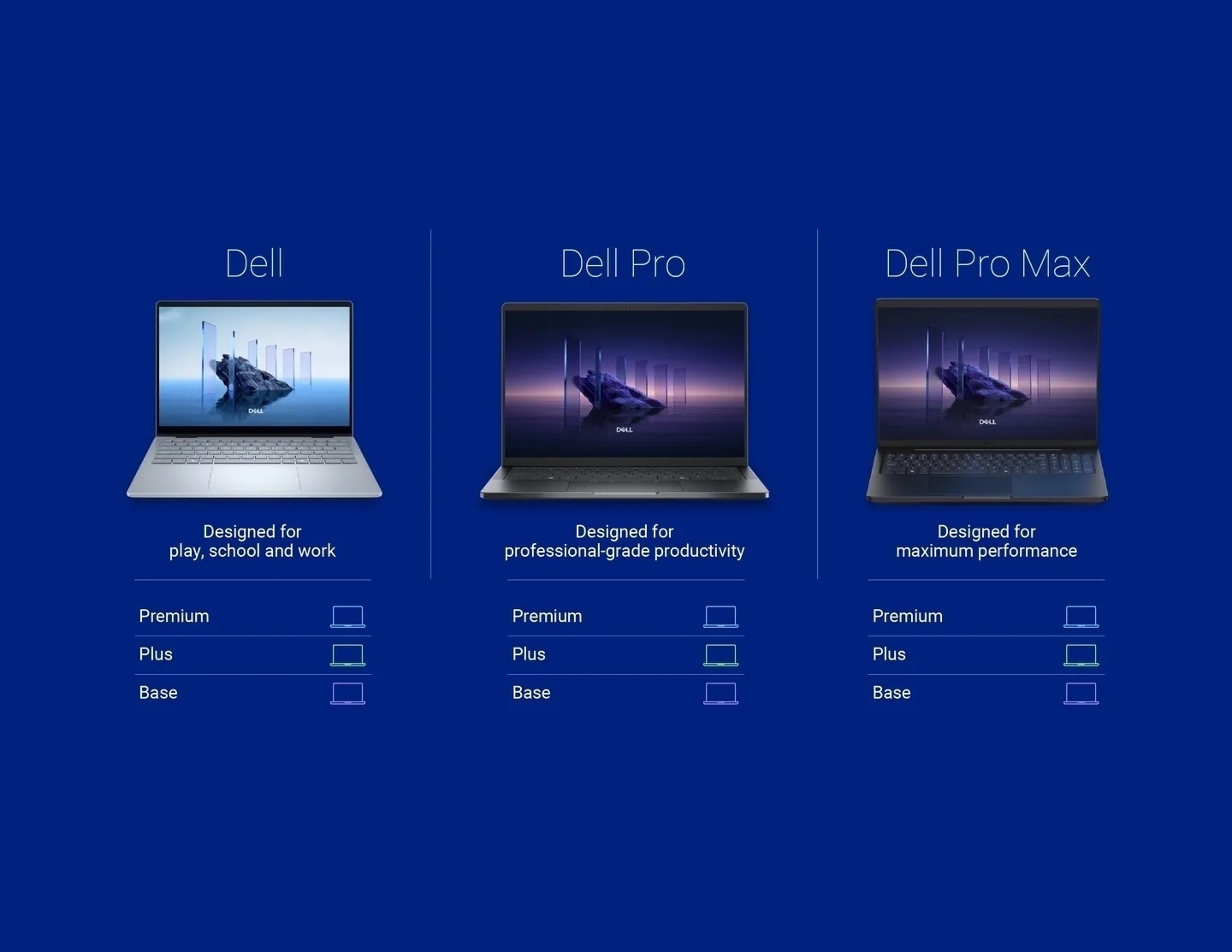
Positioning.
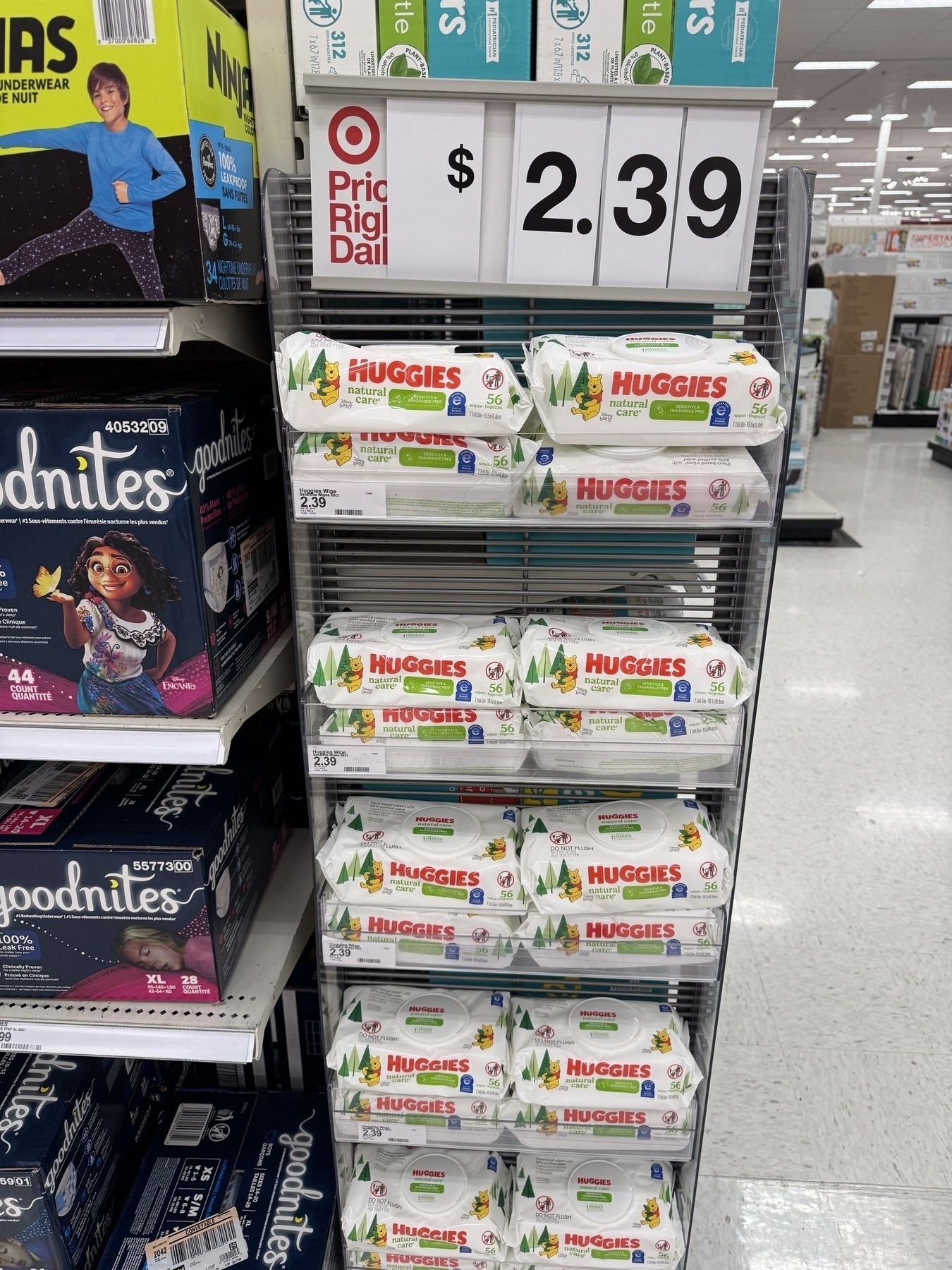
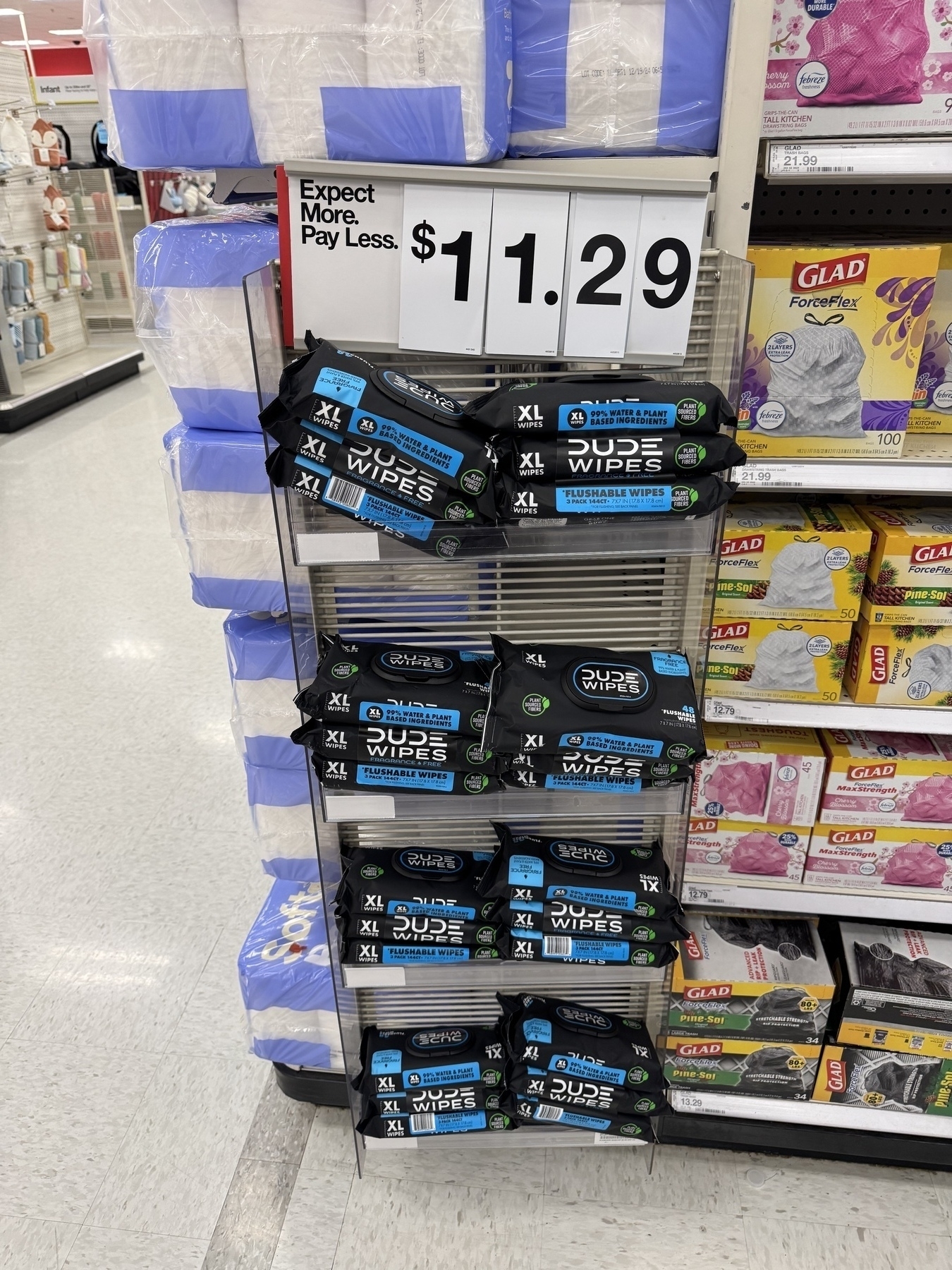
Got the annual briefing from the big guy.

Looks like I’m going to be rich.
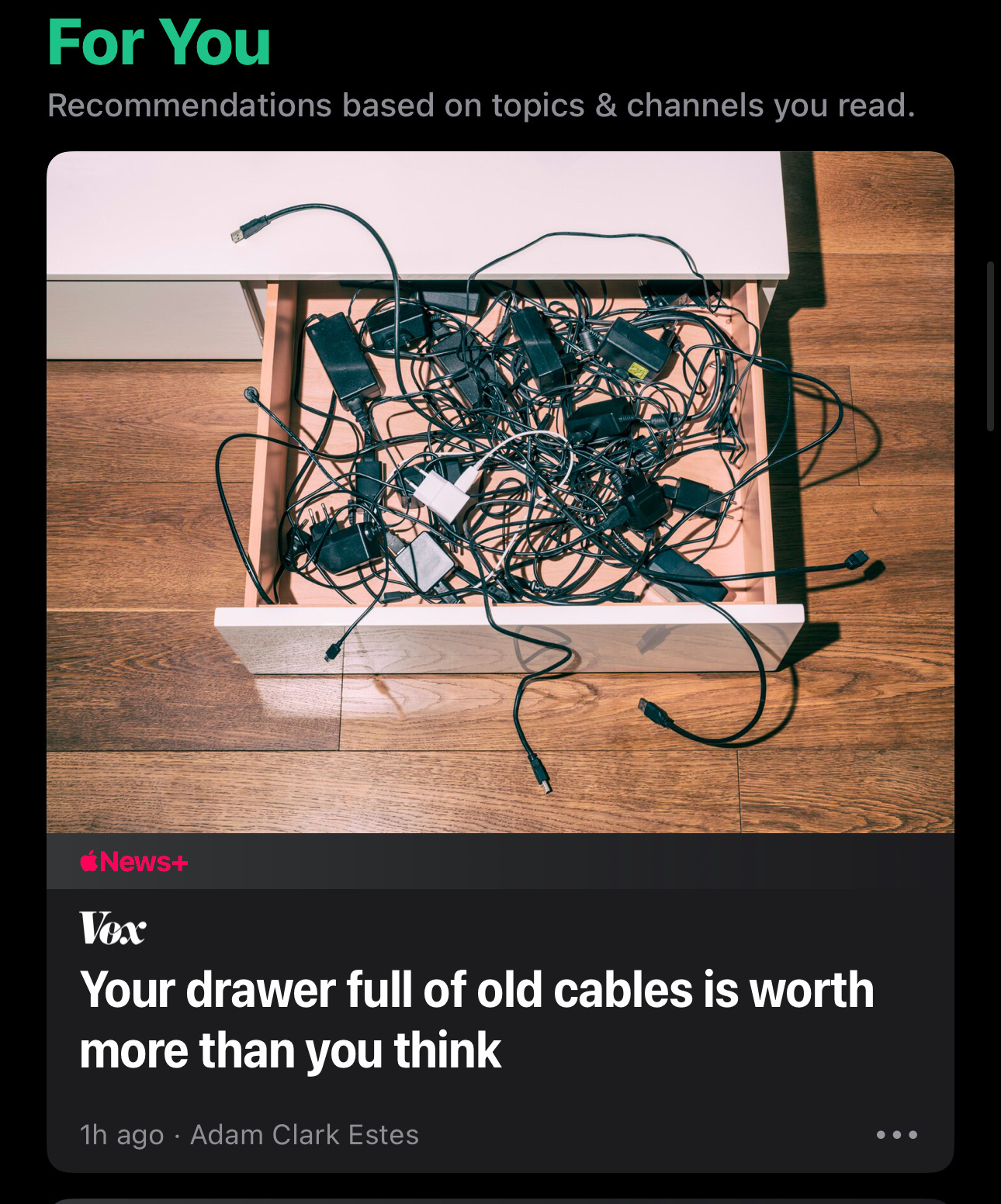
Super excited about my evening meeting.
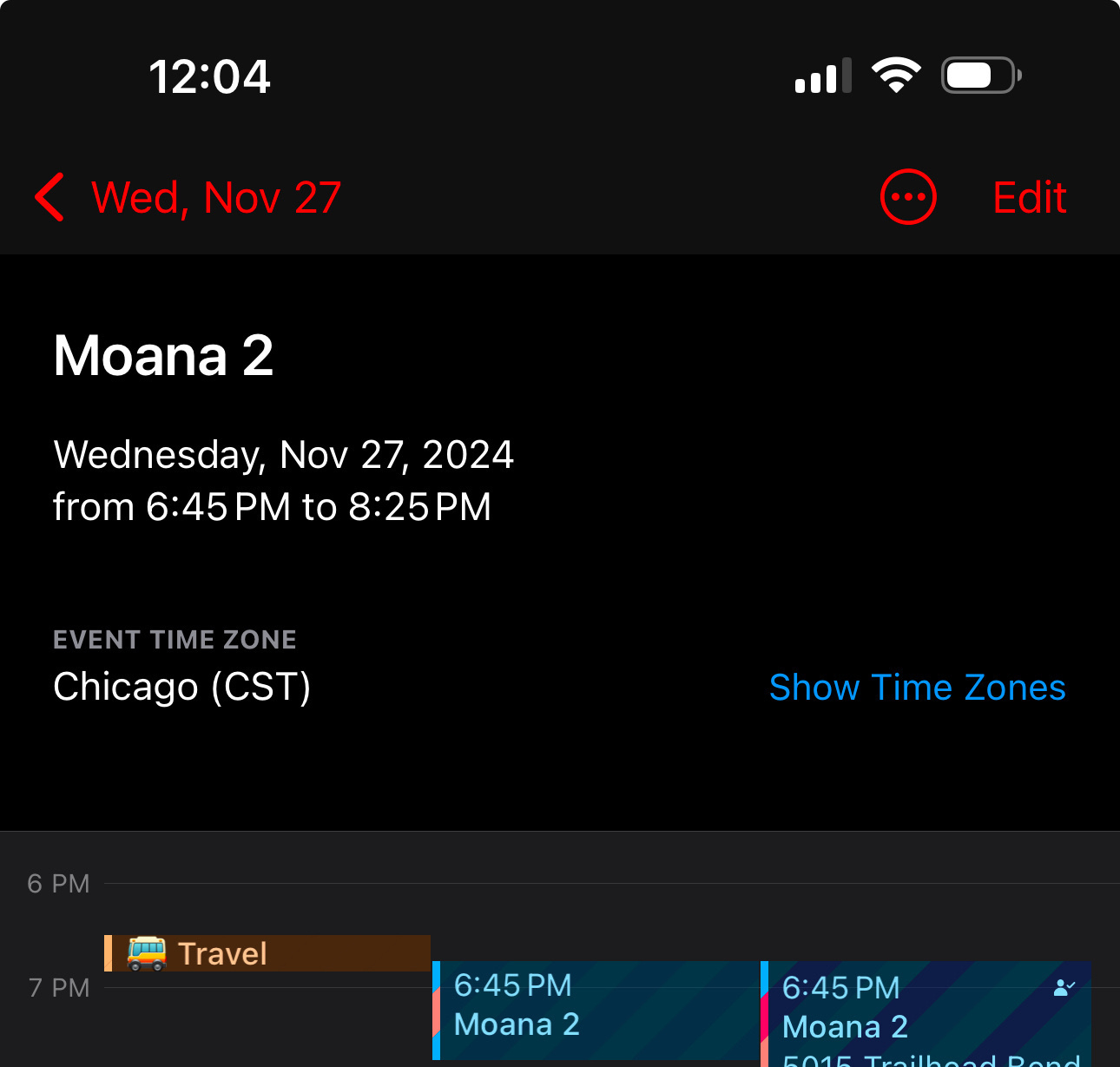
I spent many hours researching office chairs in 2020. I didn’t want to spend a thousand dollars, but wanted to get a nice one.
I went with this and have been VERY happy. I added the optional headrest on about a year ago.
It’s on sale right now. No affiliate link, just sharing a great product.
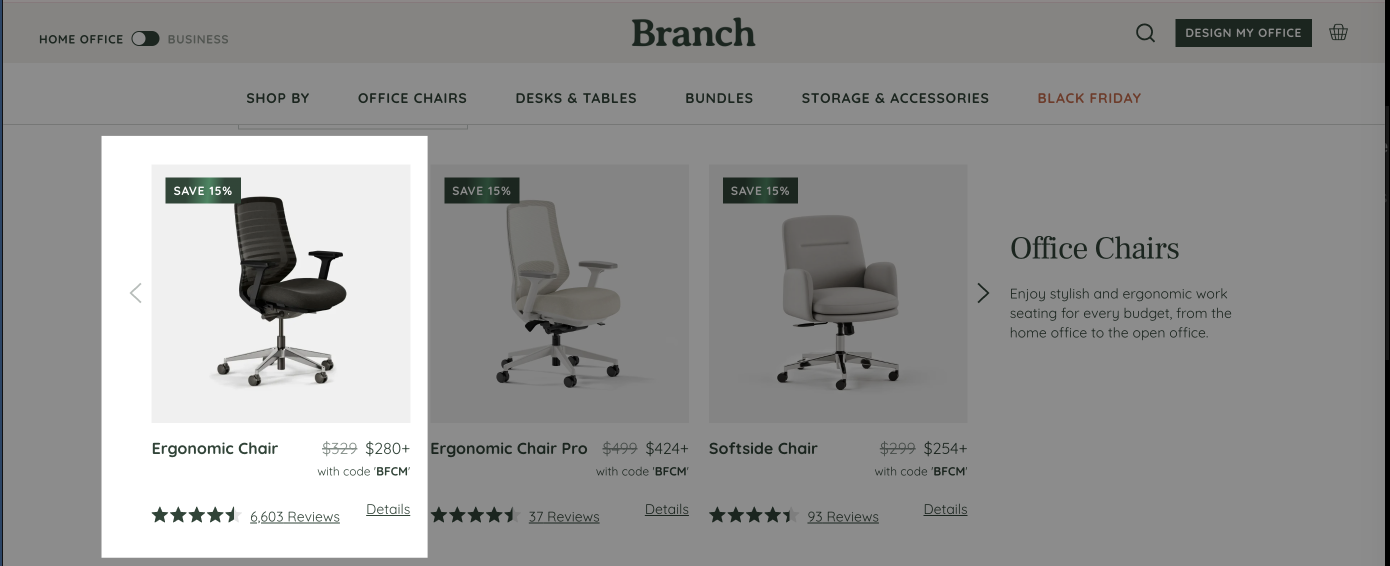
I’ve been using this guide on how to make oven bacon for many years. Thank you to Dan Benjamin.
“MAKE PERFECT CRISPY BACON EVERY TIME“
Read more: Bacon Method ➚

We’ve been running some tests to optimize this checkout flow and when we switched to one of them, results tanked. It led to a late night working to switch it back so we could try another revision.
Seemingly small changes have a HUGE effect on a person’s likelihood to convert. But it’s more about their ability to quickly understand things.
So here’s my prompt for you product marketers and copywriters out there is…. One of these screens in the Law Insider checkout flow gets 3x the number of signups compared to the other. Which do you think it is and why?
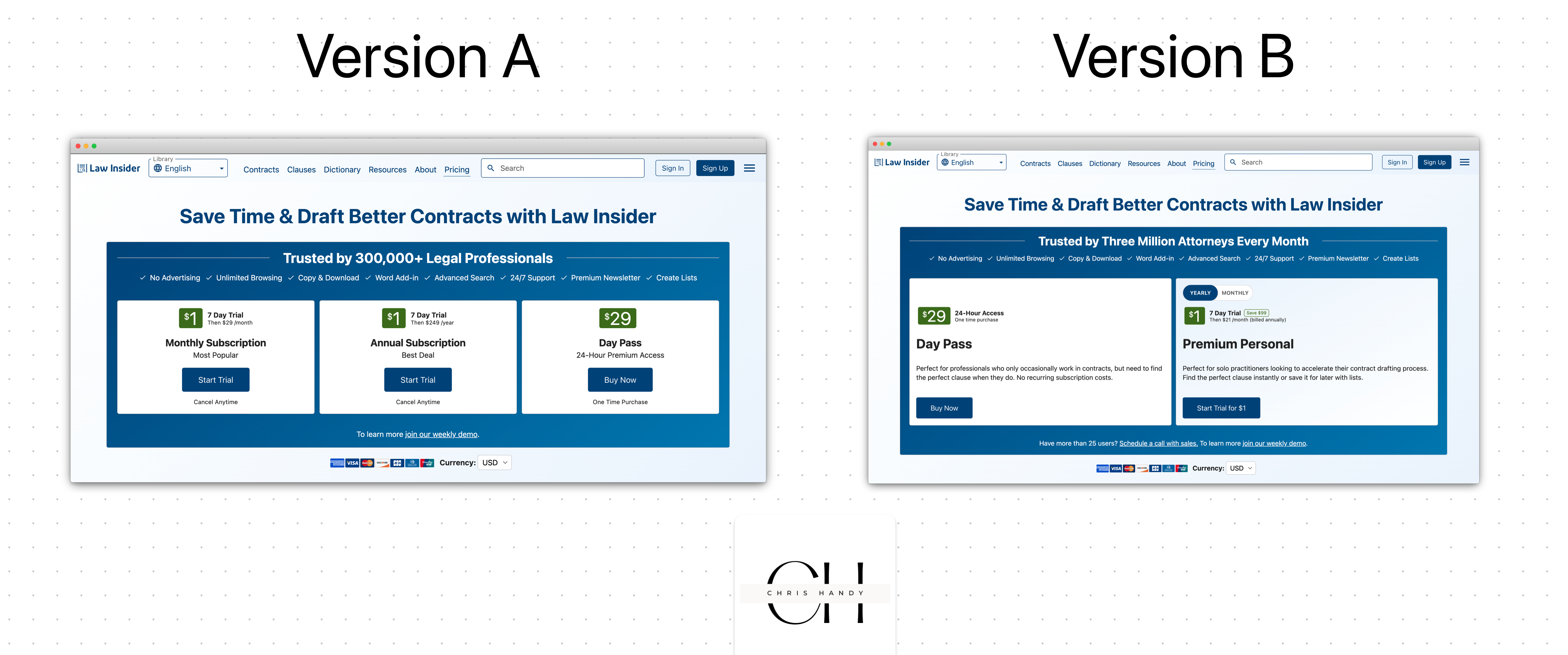
In-app Product Nudges Based on Actual Usage
Most feature launches land with a thud… … even the truly valuable ones… and it’s no mystery why. 👇
They are often left to wither without ever being mentioned again. This is due to a lack of commitment from the business as a whole in seeing it through.
But YOU, as a PMM or PM can bake in a higher likelihood of success from the start by making a plan to properly surface the feature in your app to users who are a great fit for.
You can even use this strategy from Google Analytics for retention or feature winback campaigns.
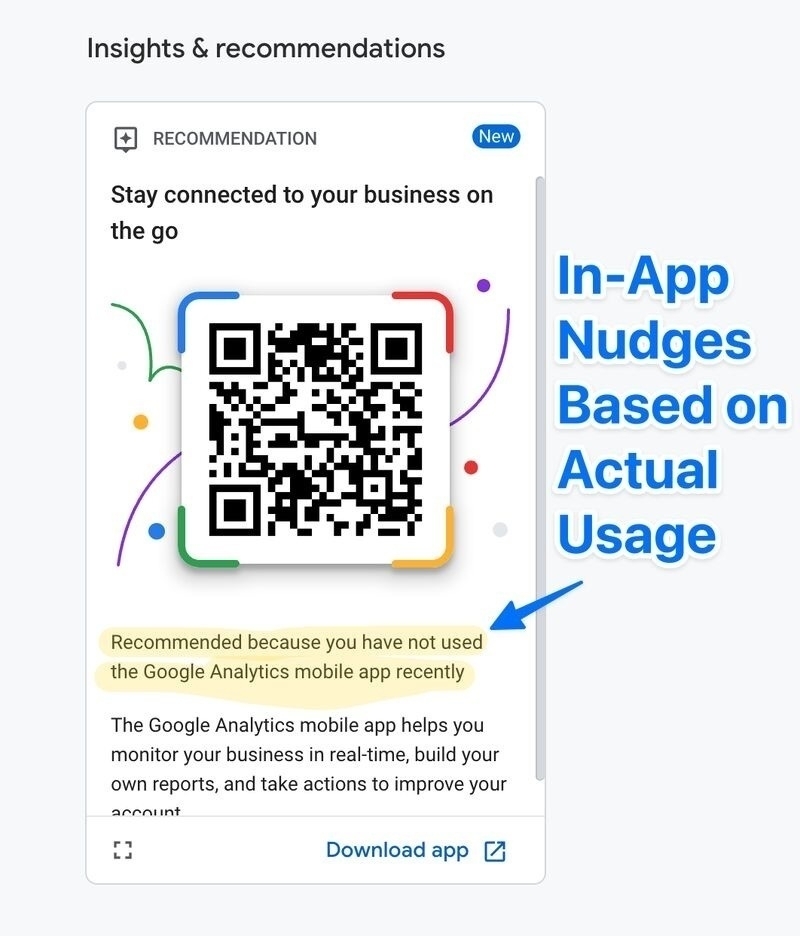
If you have an update or a new feature that people are going to want, sometimes all you have to do is tell them about it.
B2B sometimes gets too wrapped up in launch methodologies and approvals and they forget to do the simple things.
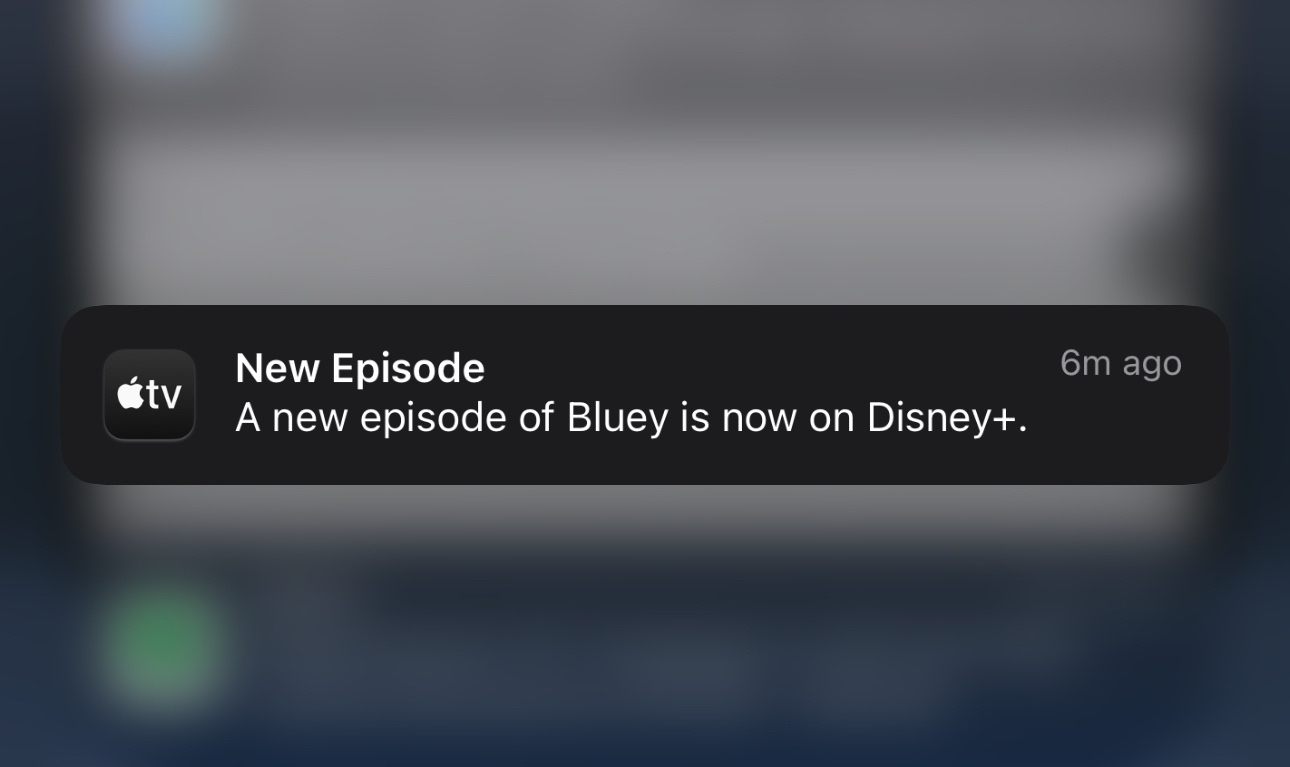
tfw the feature starts to get some legs with customers.
#productmarketing
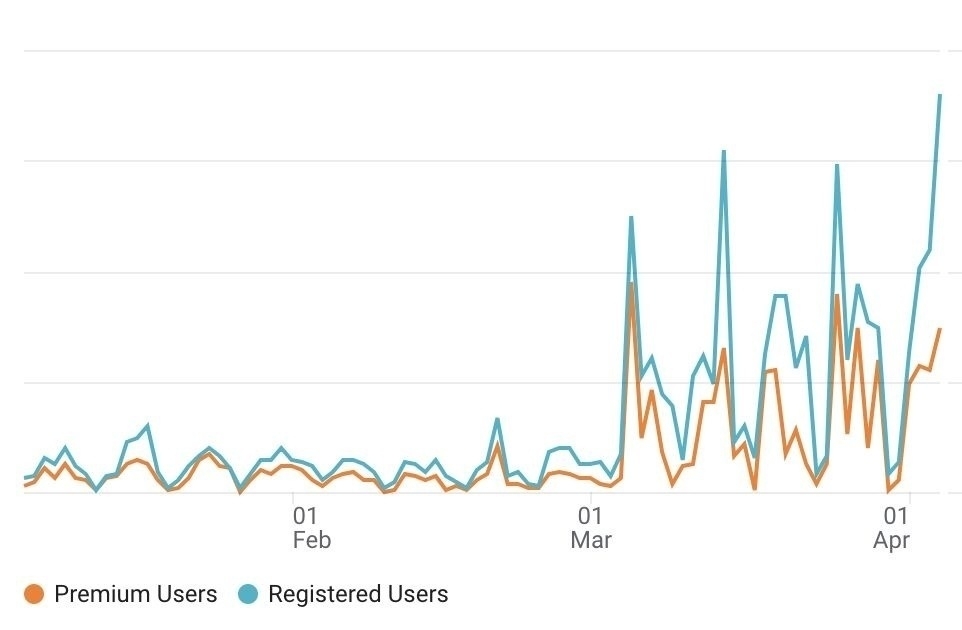
Product Marketing and Sales Enablement at their finest.
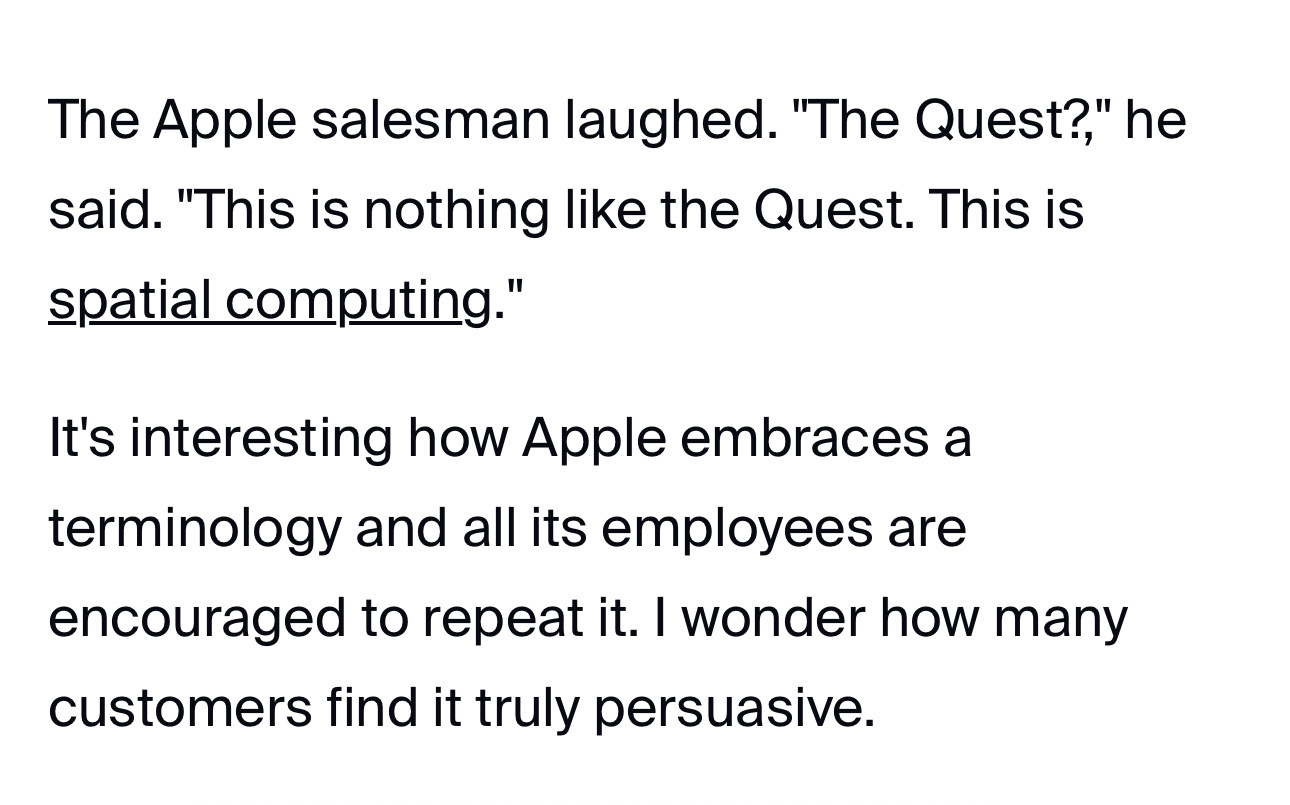
The HELP Method for creating product marketing content.
I used to struggle every time I sat down to create a product marketing asset. I needed HELP. Now I use The HELP Method for creating product marketing content.

HELP = Hook, Emotion, Logic, Proof
Hook
“Not just anybody.”
Get their attention. Speak to a specific audience here. You have just one shot to get this right, but this is where you can experiment the most.
Emotion
“Help me if you can, I’m feeling down.”
Show you understand their problems and why they should care. If you’ve been in sales or marketing for any length of time, you know that people choose emotionally and justify their decisions with logic.
Logic
“Help me get my feet back on the ground.”
Show how it can solve their problem. Show them how it works in practice with their workflow, systems, and daily habits. Is it easy to use? Automatic? How much work is it?
Proof
“I feel so insecure.”
Has this worked for anyone before? People fear a road less travelled. Their jobs are on the line after all. Show that others have seen results.
Summary
Use this lens to evaluate and enhance all your product marketing assets.
See something a colleague should read? Tag them in the comments.
#productmarketing
Onboarding Segmentation as Product Marketing and Customer Education
“Hey, look, I actually might want to use this for my team.”
Notion provides a customized onboarding experience, but also uses the moment to highlight certain features. So let’s say you’ve heard about Notion for personal productivity and are just looking for a place to get some work done. But… if you have a team, then it might be valuable to know that you can work with them in this tool.
This is a great education moment to have people understand: “Hey, I can actually use this with other people on my team and maybe get some value out of it that way.”
So I like this for a couple of reasons.
Have you seen any other best in class onboarding steps?
#productmarketing
